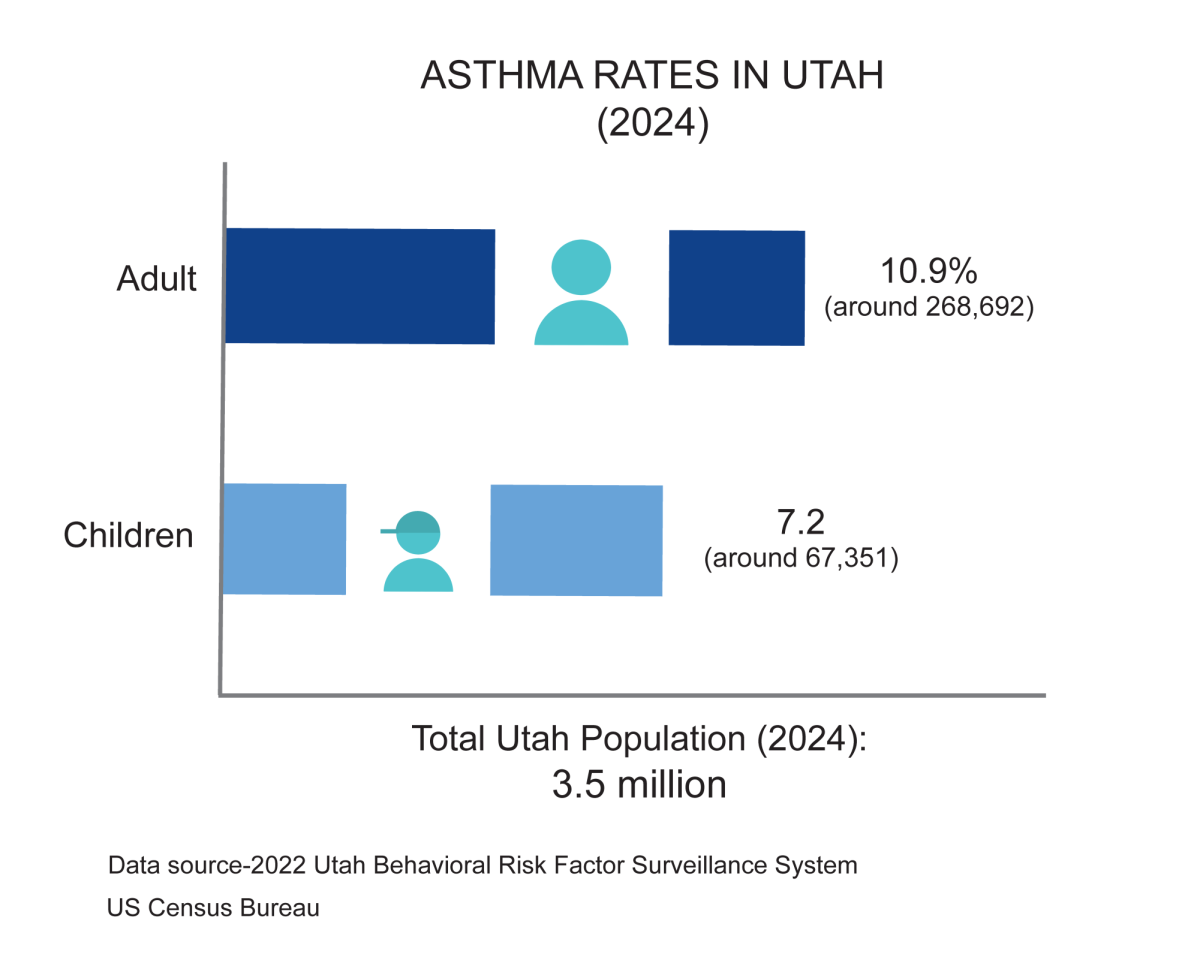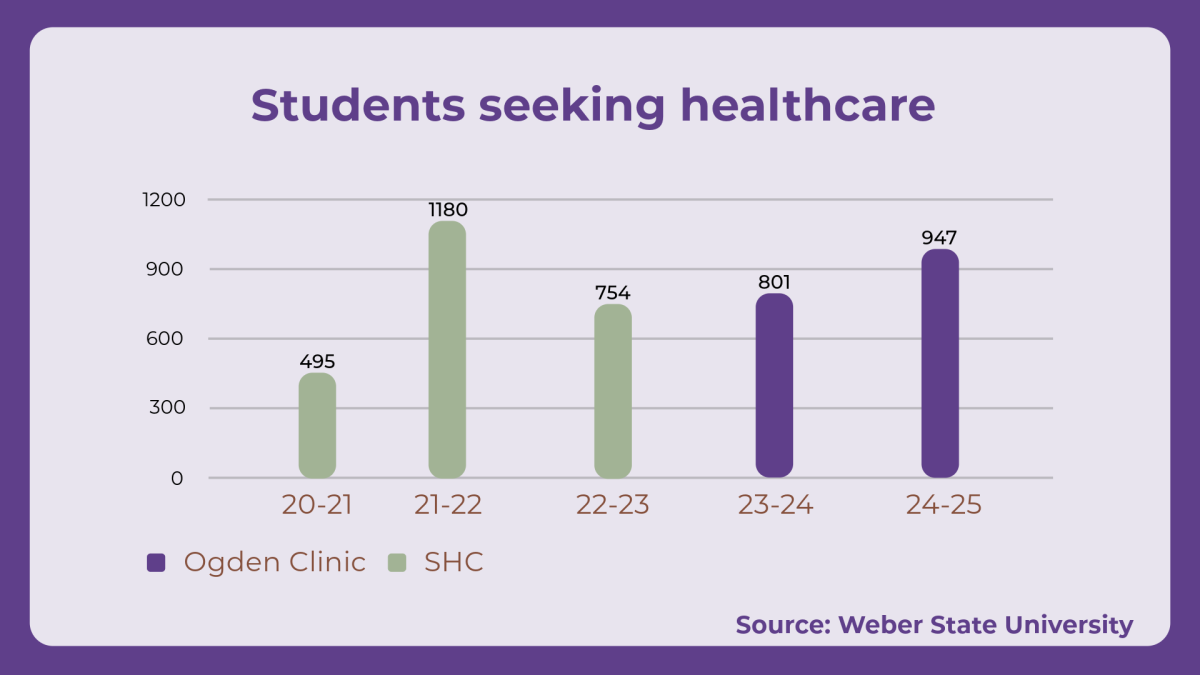
Weber State University’s department of facilities management states that WSU policies forbid smoking inside every building and anywhere other than designated outdoor areas.
WSU campus is equipped with no smoking signage, which is also mandated by state and federal law. Students who are found in violation of university policy are subject to disciple the severity of which differs depending on the nature of the infraction.
While policy and signs are in place on campus to prevent smoking in specific areas, smokers can still be seen on campus in areas where they are not allowed to smoke.
“Smoking is an addictive behavior; history and medicine have shown us that people will engage in addictive behaviors even when prohibited,” Jim Hutchins, health sciences professor, said. “I think the signage has more of a role in declaring how ‘society’ feels about the behavior and sending a cue to the non-smokers that they are within their rights.”
Cather Volt, advisor for information management, says she can see the value of signage in preventing more people from becoming smokers.
“As a former smoker in Utah, I know they already know they are ostracized,” Volt said. “However, if it helps even one person from starting I do think it is worth it.”
Pepper Glass, assistant professor of sociology, believes the situation may be an indication that society is more accepting of various drugs.
“So I wouldn’t agree that our society is vehemently anti-smoking,” Glass said. “In fact, the population is drawn to using all kinds of drugs [like] nicotine but also caffeine and alcohol.”
Glass believes that understanding the culture in a certain area may also help determine which drugs people will be drawn to and use.
“Or in Utah, where such substances are taboo for much of the population, prescription drugs have a huge popularity,” Glass said. “There are also patterns of social class to what drugs people use, as lower class populations tend to smoke more, while higher class, college educated populations use more alcohol.”
According to Mark Denniston, criminal justice professor at WSU, smoking might be a regulatory measure for the good of society instead of a nuisance.
“As a law enforcement tool, it might be that the regulation, ordinance or statute requires signage to make the prohibition enforceable (i.e. with citations, fines, etc),” Denniston said. “Similar to speed zone signs, it puts the person on notice that smoking is prohibited in certain areas.”













